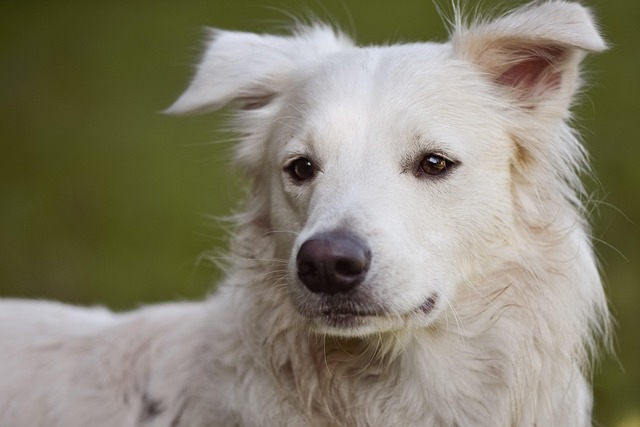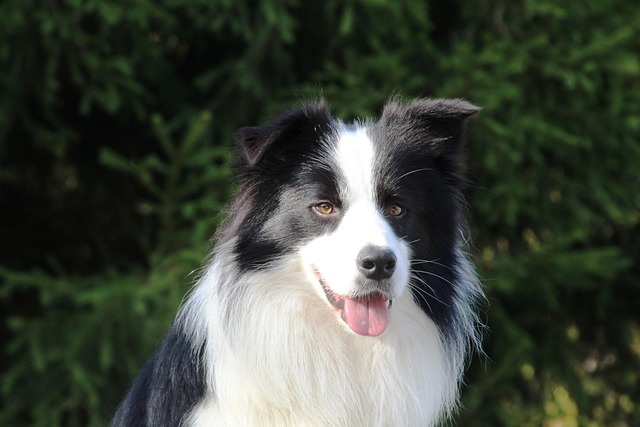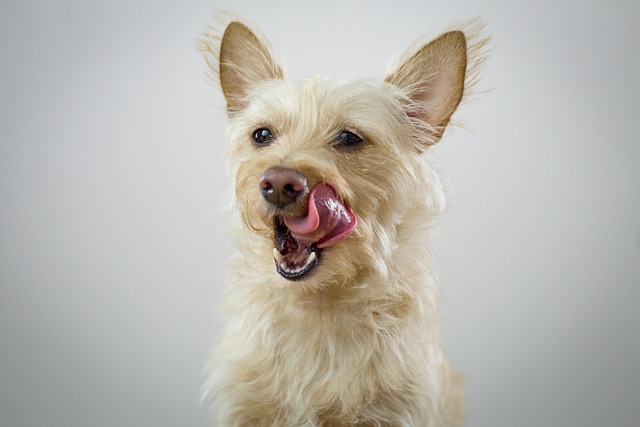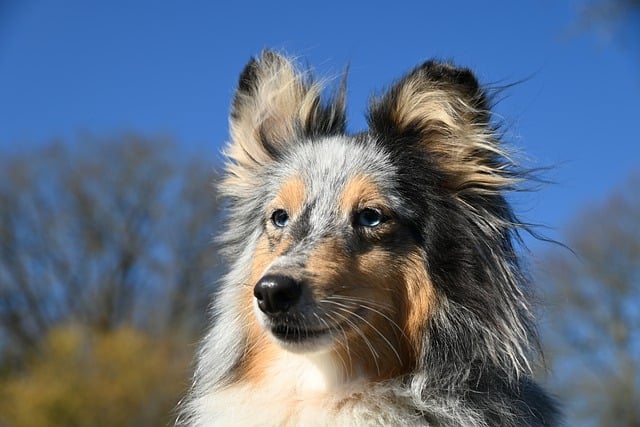In the world of pet training, "rolling over" is a skill that is both fun and can show the dog's agility. However, when faced with a "difficult dog", teaching this action often makes the owner feel frustrated and confused. The so-called "difficult dog" may be stubborn, have difficulty concentrating, or have had negative experiences that lead to resistance to training. But please believe that every dog has the potential to learn. As long as we use science as a boat and emotions as oars, we can lead them to overcome training obstacles and unlock new skills.
First of all, building trust is the foundation of all training, which is especially critical for difficult dogs. They may be sensitive, vigilant, and full of anxiety about unfamiliar commands and training environments. Before officially starting to train "rolling over", the owner should spend a lot of time interacting with the dog, using gentle touches, warm hugs and gentle words to relax them. Play with the dog's favorite toys together, such as throwing balls and tug-of-war. During the game, the dog will gradually let down his guard and regard the owner as a reliable partner. This emotional connection is the core of successful training, because only when the dog trusts the owner will it be willing to cooperate with the training and try to understand and execute the owner's instructions.
Understanding the dog's personality and behavioral habits is also an important part. Some dogs are lively and active by nature, curious about new things, but lack patience; some are lazy and need enough motivation to act. Through daily observation, the owner can find out the dog's favorite food, toys, and the time of day when they are most active. This information will help the owner to develop a more suitable training plan for the dog, choose the best training time, and prepare the most effective rewards. For example, for a greedy dog, small pieces of chicken jerky and cheese may be a powerful training motivation; for a dog who likes toys, a small ball that makes a sound may be more attractive.
 Formally entering the "rolling" training stage, a step-by-step approach is required. At the beginning, don't rush the dog to complete the full rolling action. The owner can first let the dog lie down, which is a posture that many dogs can naturally maintain. Then, use the reward in your hand, such as a snack, to slowly move in front of the dog, starting from the tip of its nose, and draw an arc along the top of its head to guide the dog's head to follow the reward. When the dog's head turns to a certain extent, the body may unconsciously tilt to one side. At this time, the owner should give rewards and encouragement in time, say "good dog" in a cheerful tone, and hand it snacks. This process may be repeated many times before the dog gradually understands the connection between tilting the body and getting rewards.
Formally entering the "rolling" training stage, a step-by-step approach is required. At the beginning, don't rush the dog to complete the full rolling action. The owner can first let the dog lie down, which is a posture that many dogs can naturally maintain. Then, use the reward in your hand, such as a snack, to slowly move in front of the dog, starting from the tip of its nose, and draw an arc along the top of its head to guide the dog's head to follow the reward. When the dog's head turns to a certain extent, the body may unconsciously tilt to one side. At this time, the owner should give rewards and encouragement in time, say "good dog" in a cheerful tone, and hand it snacks. This process may be repeated many times before the dog gradually understands the connection between tilting the body and getting rewards.
As the training progresses, when the dog can easily tilt its body, the owner can further guide it to complete a larger range of movements. Continue to use rewards to guide the dog's head to turn, while gently using your hands to assist the dog's body to help it complete a half-circle roll. In this process, the movements must be gentle to avoid making the dog feel pain or fear. Every time the dog successfully completes a half-circle roll, it must be rewarded and praised immediately to reinforce its correct behavior.
Difficult dogs will inevitably resist and refuse to cooperate during training. At this time, the owner must not lose patience, let alone beat or scold the dog. Beating and scolding will not only destroy the trust relationship that has just been established, but also make the dog fear and hate training. If the dog shows impatience or refuses to follow the instructions, the owner can temporarily stop training and play a favorite game with it for a while to relieve the tension. Wait until the dog regains a relaxed and happy state before trying to train again. Maybe the next time the dog is trained, there will be a new breakthrough.
During the training process, continuous encouragement and positive feedback are essential. Although dogs cannot understand human language, they can keenly feel the emotions and tone of their owners. In addition to snacks and toy rewards, the owner's hug, touch, and joyful voice are the best affirmation for the dog. When the dog gradually approaches the complete rolling action, the owner can increase the intensity of the reward and express his satisfaction in a more enthusiastic way. This positive atmosphere will make the dog feel the fun of training and enhance their motivation to learn.
Teaching difficult dogs to "roll" is not a one-time thing, it may take weeks or even months. In this long process, the owner must maintain firm faith and lasting patience. Every little progress is the result of the dog's hard work and a testimony to the deepening of the relationship between the owner and the dog. When one day the dog can smoothly complete the tumbling action under the owner's command, the joy and sense of accomplishment will make all the previous efforts worthwhile.
The ultimate goal of training is not only to let the dog learn a skill, but also to deepen the understanding and trust between the owner and the dog through this process. In the training game with difficult dogs, we gain not only a cute pet that can "tumble", but also a precious memory full of love and persistence.

 Formally entering the "rolling" training stage, a step-by-step approach is required. At the beginning, don't rush the dog to complete the full rolling action. The owner can first let the dog lie down, which is a posture that many dogs can naturally maintain. Then, use the reward in your hand, such as a snack, to slowly move in front of the dog, starting from the tip of its nose, and draw an arc along the top of its head to guide the dog's head to follow the reward. When the dog's head turns to a certain extent, the body may unconsciously tilt to one side. At this time, the owner should give rewards and encouragement in time, say "good dog" in a cheerful tone, and hand it snacks. This process may be repeated many times before the dog gradually understands the connection between tilting the body and getting rewards.
Formally entering the "rolling" training stage, a step-by-step approach is required. At the beginning, don't rush the dog to complete the full rolling action. The owner can first let the dog lie down, which is a posture that many dogs can naturally maintain. Then, use the reward in your hand, such as a snack, to slowly move in front of the dog, starting from the tip of its nose, and draw an arc along the top of its head to guide the dog's head to follow the reward. When the dog's head turns to a certain extent, the body may unconsciously tilt to one side. At this time, the owner should give rewards and encouragement in time, say "good dog" in a cheerful tone, and hand it snacks. This process may be repeated many times before the dog gradually understands the connection between tilting the body and getting rewards. 



